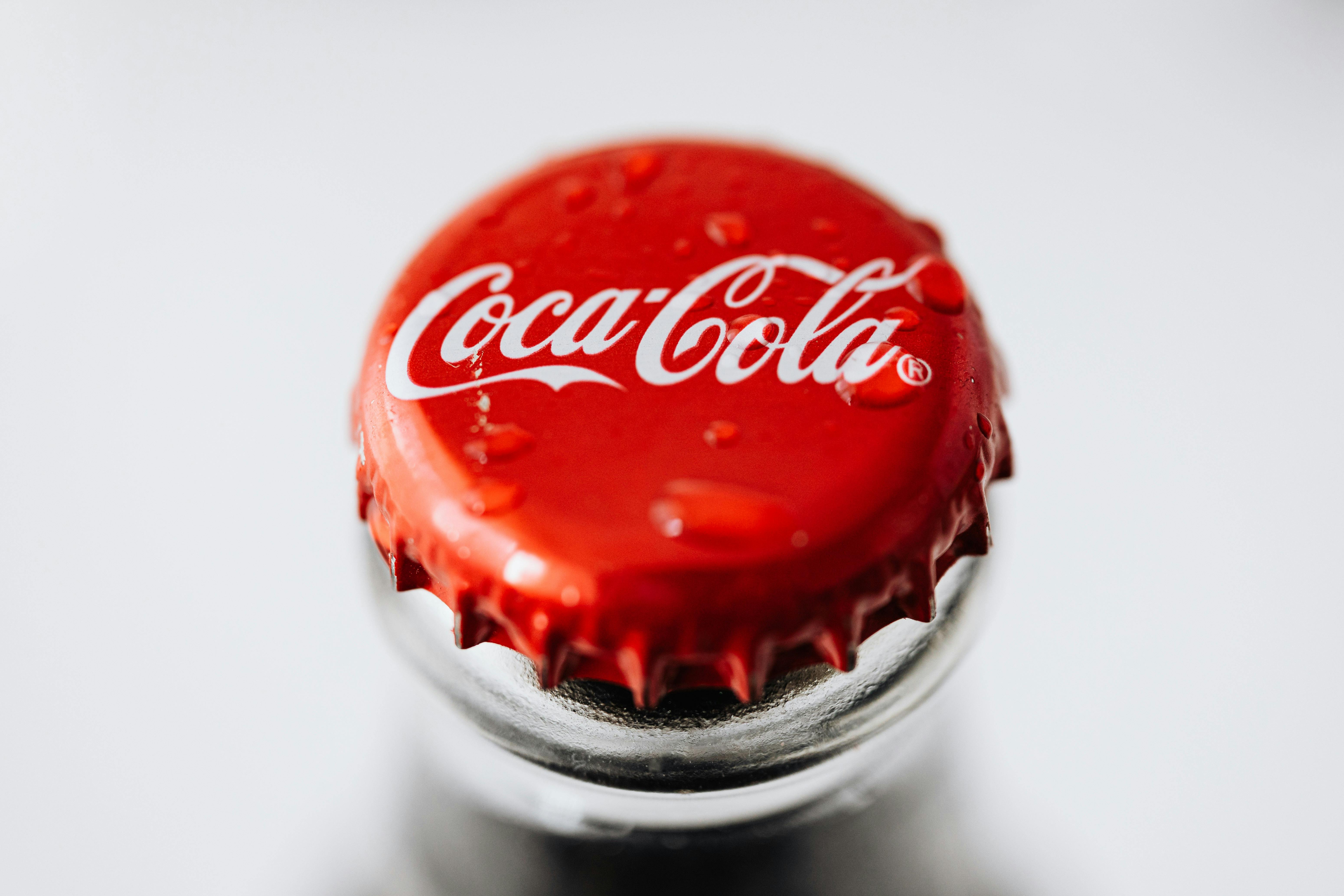Distilled water and sterile water are two terms that are often used interchangeably, but they are not the same. Distilled water is created by boiling water and collecting the steam, while sterile water is treated with chemicals or filtered through a special filter to remove any microorganisms. While distilled water is free of most impurities, it does not always guarantee sterility. Sterile water, on the other hand, is guaranteed to be free of all microorganisms.Distilled water is water that has been purified through a process of distillation. Distillation involves boiling the water and then condensing the steam into a clean container, leaving impurities behind. This process removes most contaminants such as bacteria, salts, and heavy metals. Distilled water is often used in steam irons and car batteries.
What is Sterile Water?
Sterile water is a type of water that has been carefully processed to remove all living organisms, including bacteria and viruses. It is often used in medical and laboratory settings to prevent contamination of products and materials. Sterile water is also known as pyrogen-free water, because it does not contain any substances that could cause fever or other adverse reactions. Sterile water is available in both ready-to-use and concentrated forms, allowing it to be used for a variety of applications. In addition, sterile water can be used for injections, irrigations, tissue culture media preparation, and other laboratory uses.
Sterile water is created through several processes including filtration, reverse osmosis, distillation, autoclaving, and chemical treatment. Filters are often used to remove particles from the water while reverse osmosis pushes the liquid through a membrane with tiny pores that allow only pure molecules to pass through. Distillation involves boiling the liquid and then condensing the steam into a separate container. Autoclaving involves subjecting the liquid to high temperatures under pressure in order to kill any living organisms present in the sample.
Is Distilled and Sterile Water the Same?
No, distilled and sterile water are not the same. Distilled water is produced by boiling water and then condensing the steam back into a liquid, leaving behind all of the impurities in the water. The resulting liquid is free from any contaminants, including minerals such as calcium and magnesium. Sterile water on the other hand is a type of purified water that has been treated with ultraviolet light, radiation, or chemicals to make it free of all living organisms such as bacteria and viruses. It is often used in medical applications where very pure water is needed.
Distilled water does not contain any living organisms, but it may still contain some minerals or other contaminants that were not removed during the distillation process. Sterile water on the other hand is guaranteed to be free of all living organisms as well as any contaminants that could potentially cause an infection or illness. This makes it ideal for use in medical settings where sterility is critical for patient safety.
Properties of Distilled Water
Distilled water is a type of purified water that has had both impurities and minerals removed. It is produced by distilling ordinary tap water, which forces the water to evaporate and then condense into a clean container. The result is pure, clean drinking water without any minerals or other impurities. Distilled water has many uses, including drinking, medical and laboratory use, as well as for industrial processes. It is also used in many commercial products like coffee makers and steam irons.
The main advantage of distilled water is that it does not contain any minerals or other impurities. This means that it does not have a taste and has no odor either. Because it is free from minerals, it does not form deposits on pipes or other surfaces when heated or left standing for long periods of time. Distilled water also has a low electrical conductivity, so it can be safely used in electronic equipment where regular tap water may cause corrosion or other damage.
Another benefit of distilled water is that it does not contain any bacteria or other microorganisms. This makes it ideal for use in medical and laboratory settings where
Properties of Sterile Water
Sterile water is water that has been purified and filtered to remove all microorganisms and other particulates, including viruses and bacteria. It is often used in medical settings for various treatments and procedures. Sterile water also has a number of other uses, including in pharmaceutical production, laboratory testing, and food preparation. In all these applications, sterile water is essential for ensuring the safety of the product or process. The following are some of the key properties of sterile water:
Sterile water is free from any living organisms, such as bacteria, fungi, and viruses. This means it can be used without fear of contamination or risk of infection. To ensure this quality, sterile water must undergo rigorous filtration processes to remove any potential contaminants.
Sterile water also has a neutral pH level which makes it ideal for use in medical procedures and laboratory testing where chemical reactions are involved. It also does not contain any minerals which can interfere with such procedures.
Another important property of sterile water is its non-toxic nature. Since it

Uses of Distilled Water
Distilled water is water that has been boiled and then condensed back into a liquid. It is free of minerals, ions, or other impurities. Distilled water is widely used for various purposes such as drinking, laboratory experiments, medical applications, car batteries and more.
Drinking
Distilled water is one of the purest forms of drinking water available. It does not contain any minerals or contaminants that can be found in other types of water, making it an ideal choice for people who prefer to drink pure water. Additionally, it can also be used to make coffee or tea with a better taste.
Laboratory Experiments
Distilled water is often used in various scientific experiments due to its purity and lack of contaminants. It can help to reduce the risk of contamination and provide accurate results in experiments that require precise measurements or testing.
Medical Applications
Distilled water is often used for medical purposes including intravenous (IV) infusion and other treatments that
Uses of Sterile Water
Sterile water is water of a very high degree of purity that has been filtered or treated to remove all living organisms and other impurities. It is widely used in medical, laboratory, and industrial settings. In medical settings, sterile water is used for a variety of purposes, including cleaning wounds, irrigating body cavities, preparing medications, and diluting solutions. In laboratories and industrial settings, sterile water is used for cleaning and sterilizing instruments as well as in the preparation of reagents. It can also be used in the production of certain pharmaceuticals and other products.
Sterile water is most commonly used to clean wounds or irrigate body cavities. It can be applied directly to the wound or cavity using sterile gauze or a syringe. This helps to reduce the risk of infection by removing dirt, debris, and other microorganisms from the wound site. Sterile water may also be used to flush out foreign objects from a wound or body cavity. In addition, it can be used to make certain medications more effective by increasing their absorption rate.
In laboratories and industrial settings, sterile
Distilled Water vs. Sterile Water
Distilled water and sterile water are two types of water that have different properties and uses. Distilled water is created by boiling liquid to remove most contaminants, and then condensing the steam back into a liquid form. This process leaves behind any impurities or minerals that were present in the original liquid. As a result, distilled water is purer than tap water and does not contain any dissolved minerals or other contaminants.
Sterile water, on the other hand, is created using a variety of processes such as filtration or reverse osmosis to remove almost all bacteria and other microorganisms from the water. This process also removes most of the minerals present in the original liquid, leaving only trace amounts of contamination behind. Sterile water is then usually treated with UV light or chemical disinfectants to ensure it is free from any living organisms.
The main difference between distilled and sterile water is that distilled water does not contain any dissolved minerals or other contaminants, whereas sterile water does contain trace amounts of contamination due to its sterilization process. In addition, sterile water can be used for medical purposes such as irrigation or injection whereas distilled water

Conclusion
Distilled and sterile water are not the same. While both are purified, distilled water is boiled and condensed in order to remove impurities from it, while sterile water is treated with chemicals or radiation to kill any bacteria or microorganisms present in it. The process of distillation removes minerals from the water, while the process of sterilization does not affect the mineral content of the water. Therefore, distilled water is not suitable for drinking as it lacks essential minerals needed by our body. On the other hand, sterile water is safe for consumption as long as it is used within a short period of time.
To sum up, both distilled and sterile water can be used for different purposes in our daily life. However, they should not be confused with each other as they have different characteristics and uses. Ultimately, it is important to understand the differences between them so we can make informed decisions about which one to use for certain applications.

